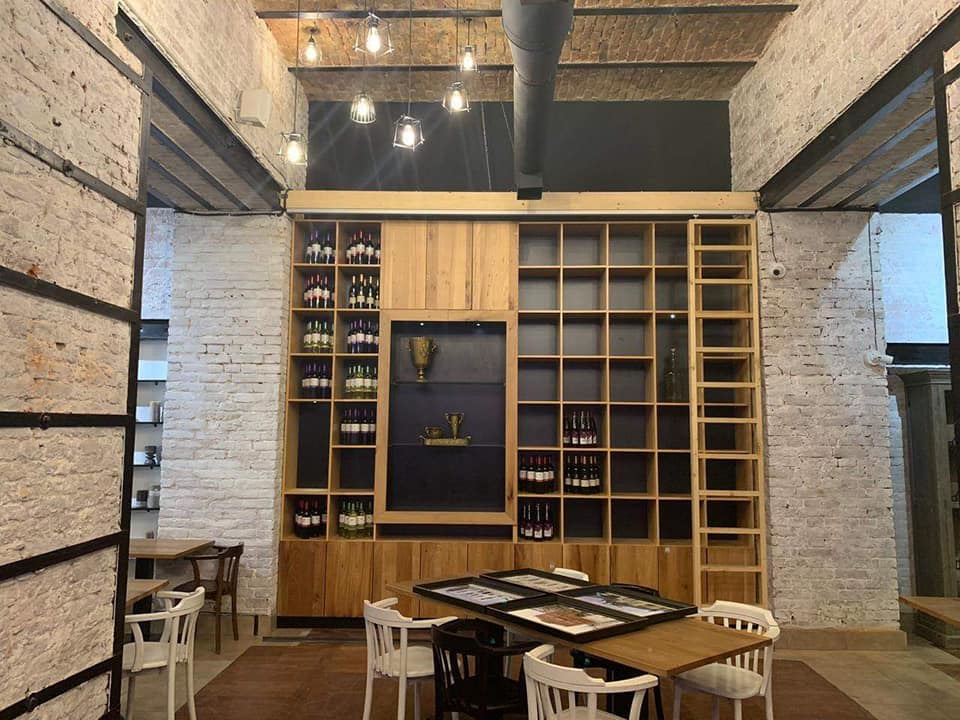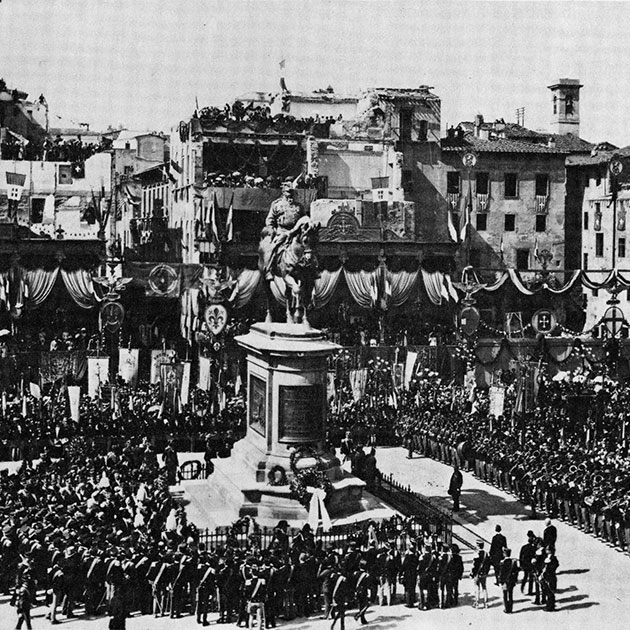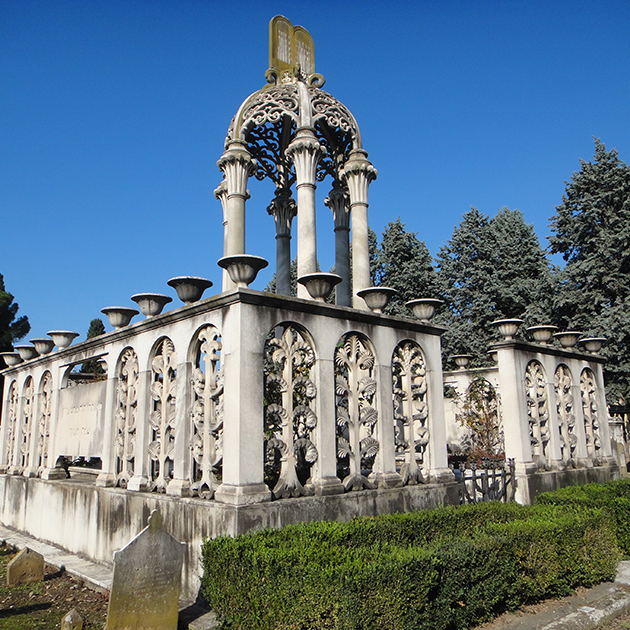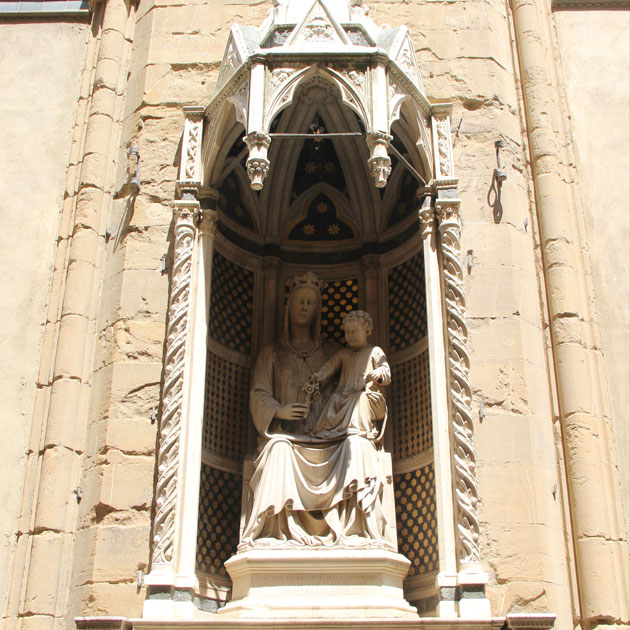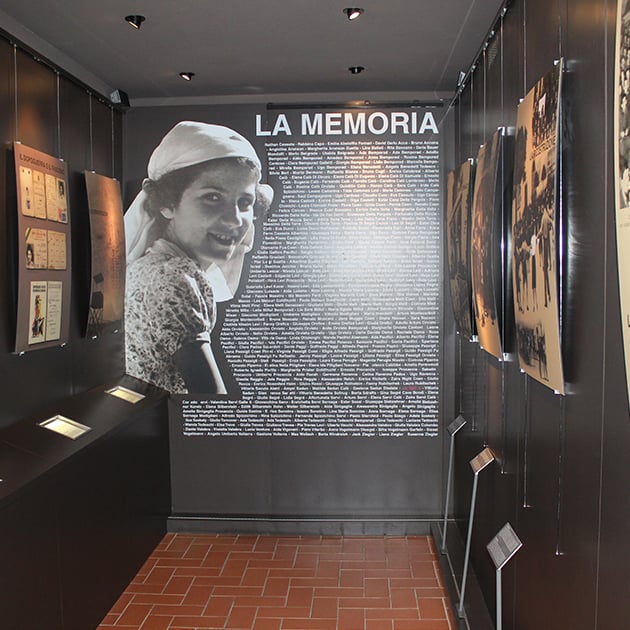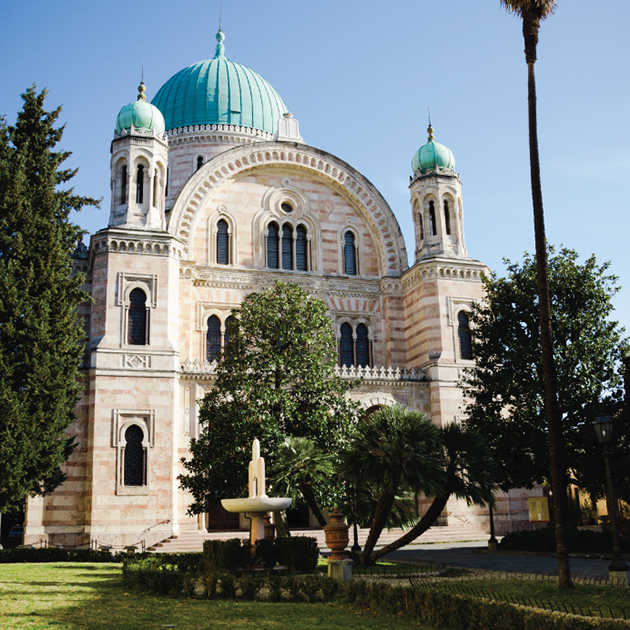Shavi Lomi (Black Lion) presents a certain naïve, simple, but conceptual cuisine; an interesting correlation of spices and taste arranged on your plate: green millet, vegetarian stew, kohlrabi sauce. Chef Meriko Gubeladze adds color to the Georgian cuisine.
Archives: Directory listings
Directory listings
Badagoni Home
Restaurant “Badagoni Home” is a unique space in Georgia, where every dish is created by the inspiration of wine. That is why only in “Badagoni Home” you can taste experimental dishes of Georgian cuisine, which is harmoniously paired with taste characteristics of various “Badagoni” wines. The wine restaurant has a very elegant and at the same time cozy, warm, homey atmosphere.
Mendi’s
Mendi’s is a Kosher Restaurant of Chabad, which is an acronym formed from three Hebrew words—Chochmah, Binah, Da’at (Wisdom, Understanding, and Knowledge). This restaurant offers Georgian traditional Kosher food, as well as food from other countries. The atmosphere in Mendi’s is comfortable, so the visitors can enjoy high quality food in a nice environment.
The Jewish Ghetto
Florence’s ghetto was established by Cosimo I de’ Medici in 1570. It covered the area facing today’s Piazza della Repubblica, between Via Roma, Via Tosinghi and Via Brunelleschi, according to the plan of grand-ducal engineer Bernardo Buontalenti. The daily life of the local Jewish population was spent in this gated area. Two synagogues – the Italian one, and the Spanish one – overlooked a central square, in which a well provided the entire community with water.
Between 1704 and 1714 the ghetto was expanded as far as Via de’ Pecori: an edict by Cosimo II had in fact withdrawn the privilege granted to many Jews to live outside the ghetto, and it became necessary to increase the available residential space.
The restrictive conditions were somewhat relaxed after 1737, when the House of Lorraine came to power. After an interruption during the years of French rule, the gates were definitively dismantled in 1848 and Jewish emancipation was recognized by the Parliament of the Kingdom of Italy in 1861. In the late 19th century, an urban requalification plan led to the demolition of the original buildings, and the construction of the blocks which still exist today. You will not, then, be able to see particular buildings or vestiges of the ghetto, but simply identify the area on which it once was.
Cemetery of Caciolle
Many places once used as cemeteries have been identified. The first, across the Arno, at the Chiasso de’ Giudei, was replaced by a second near what is currently the Lungarno della Zecca; this in turn was supplanted by others, which were created in the Porta San Frediano area. Here in 1777 the plot was purchased on today’s Viale Ariosto, to house the new Jewish burial ground which still exists, although it is no longer in use. This was joined in 1884 by the Rifredi cemetery, designed by architect Marco Treves. When it will no longer be possible to use it, a new cemetery will be founded in the San Silvestro (Cercina) area, with its grounds designed by the architect Renzo Funaro.
Cemetery of Viale Ariosto
“A corner of the city that’s hidden and unfamiliar even to most Florentines themselves”: such is the Jewish Monumental Cemetery, which opened in 1777 outside the gate of San Frediano and remained in use until 1870. A tall perimeter wall acts as a jealous guardian to protect, like a precious chest, a major cultural treasure. It is made up of funerary chapels and monuments, such as Cav. David Levi’s Egyptian pyramid-shaped tomb, which are timeworn yet worth visiting to discover this atmospheric place, which is emblematic of Jewish society. While there are none of the figurative works found in other Jewish cemeteries, some of the tombs are nothing short of sculptures, of considerable artistic value. Equally interesting are the funerary chapels in neo-Egyptian and neo-Renaissance style, such as that of the Franchetti family. The same styles are found in the oldest part of the Rifredi cemetery (13, Via di Caciolle), designed by Marco Treves (one of the three architects who designed the Tempio Monumentale) between 1881 and 1884. The recently-restored mortuary chapel takes the form of a central-plan temple in Renaissance style, with painted decorations on the inside. Jewish tradition does not allow for bodies to be exhumed, except in a few specific cases; generally more than one cemetery or “campaccio”, the term used to denote Jewish burial grounds, was found in each city. When the whole area had been covered by tombs, a new plot needed to be found, even though human and municipal circumstances often flouted this rule, requiring remains and tombstones to be moved elsewhere.
Tabernacle of the Virgin Mary
On the side of the Church of Orsanmichele, in the penultimate niche on Via de’ Lamberti, is the tabernacle of the Virgin. It is connected with an act of intolerance which took place in 1493, when a Jew was accused of having vandalized the face of the Virgin Mary, a 14th century work by Giovanni Tedesco, and was subsequently executed. The inscription on the sculpture’s plinth reads: “Hanc ferro effigiem petiit iudaeus et index / ipse sui vulgo dilaniatus obit / MCCCCLXXXXIII”.
The Oratories of Via delle Oche
When the ghetto was abandoned, and the construction of the monumental temple began in the distant Mattonaia neighbourhood, part of the Jewish Community decided to nevertheless continue living in the centre of Florence. Thus in 1882 two synagogues were opened in a building owned by the community at 5, Via delle Oche. One of them belonged to the confraternity Mattir Asurim (literally “the imprisoned set free”), which had existed since the time of the ghetto, with the mission of freeing Jews who had been imprisoned for their debts. The synagogues of Via delle Oche existed until 1962 when the building was sold, and the furnishings were transferred to Israel. A decorative star motif – which belonged to the Mattir Asurim oratory and, before that, to an oratory in the old ghetto – is still visible in the floor of the oratory inside the Tempio Maggiore.
The Jewish Museum
The Jewish Museum set up on two floors inside the Synagogue completes and enriches the visit to the monumental Synagogue. It’s an amazing collection of ancient objects of Jewish Ceremonial Art, examples of the high artistic value of the Jewish Italian culture in the field of applied arts. The museum tour retraces the history of the Jews of Florence from the first settlements to the post-war reconstruction with the help of photographic panels, videos and documentary sources.
On the first floor of the museum you will find an extraordinary exhibition from the 1981, “Friends of the Jewish Museum of Florence” which offers an historic overview of the Jewish community in Florence. Thanks to a photographic collection of documents, you will discover the history of the old ghetto and its relationship with the rest of the city.
The second-floor is dedicated to the objects and the furnishings related to the most significant events in the Jewish life, family rituals and religious festivities. One room is in memory of the Holocaust and equipped for film projections. The public can access a computer area which is linked up with the main Jewish museums and centres around the world. The second floor of the museum has limited wheelchair access: upon exiting the lift, there is a slightly sloped platform, and two flights of steps (5 and 8 steps respectively) which can be used with a chairlift (which must be operated by a companion).
The Synagogue of Florence
The Synagogue of Florence is a great monumental building, a place of worship and integral part of the history of the city. The Synagogue was inaugurated in 1882, after the emancipation of Italian Jews and decentralized from the area of the old Jewish Ghetto which was demolished in the last decade of the 19th century. In the period in which Florence became the Capital City of the Kingdom of Italy, between 1865 and 1870, the Synagogue became a symbol of the acquired freedom characterized by its green copper dome and its façade. Inside you will feel a very impressive atmosphere typical of the oriental taste of the European monumental synagogues built in the late 19th century. Thanks to its monumental architecture, the Synagogue stands out and affirms the integration of the community within civil society, and the achievement of equal rights.


